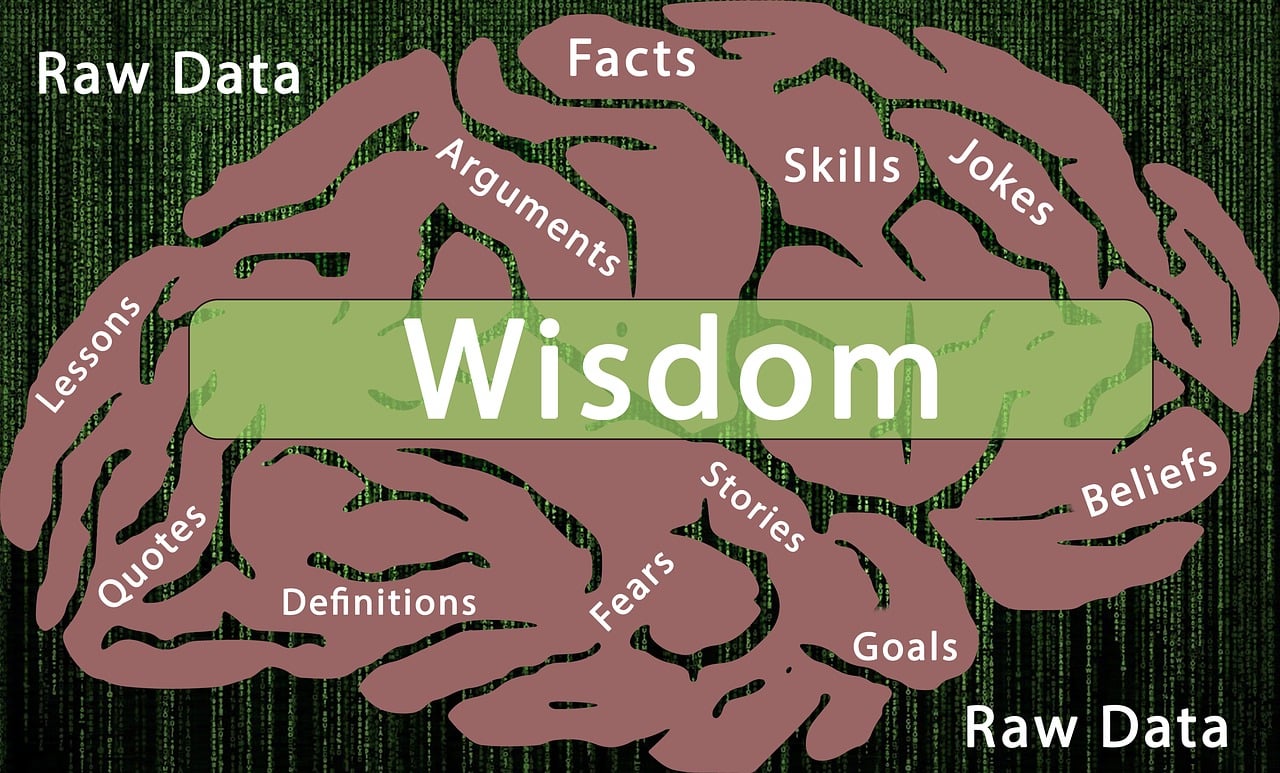
You might not realize it, but selective perception is a little quirk of the human brain that affects our daily lives more than you’d think. So, let’s break it down to get a deeper understanding.
What is selective perception?
Okay, so what the heck is it? Well, it’s basically the brain’s way of filtering and interpreting information based on our beliefs, values, and previous experiences. In simpler terms, we see what we want to see.
Imagine you’re at a party, and there’s a heated political debate going on. If you’re a die-hard fan of one side, you’ll likely tune in to the arguments that support your views and completely miss the ones that contradict them. That’s selective perception in action.
Selective perception leads to confirmation bias.
Selective perception and confirmation bias go together like peanut butter and jelly. Confirmation bias is the fancy term for our tendency to seek out and remember information that confirms our existing beliefs. So, when you’re scrolling through your social media feed and only reading posts that align with your opinions, that’s your brain saying, “Yes, give me more of that sweet confirmation!”
- Information Selection: Confirmation bias leads individuals to actively seek out information that confirms their existing beliefs or hypotheses. This bias influences their choice of information sources, the types of content they consume, and the people they interact with. As a result, they are more likely to select information that aligns with their preconceived notions.
- Information Filtering: Confirmation bias also affects how people filter and process information. When individuals encounter information that contradicts their existing beliefs, they may downplay, ignore, or rationalize it. This filtering process is a form of selective perception, where they prioritize information that supports their views and dismiss or minimize information that challenges them.
- Interpretation of Information: Confirmation bias can lead people to interpret ambiguous or neutral information in a way that confirms their beliefs. They may attribute positive qualities to information that supports their views and negative qualities to contradictory information. This interpretation bias is a manifestation of selective perception, as it influences how they perceive and understand information.
- Memory and Recall: People are more likely to remember and recall information that aligns with their existing beliefs. This memory bias further reinforces selective perception, as individuals may have a clearer and more vivid recollection of information that confirms their preconceived notions while forgetting or distorting information that contradicts them.
However, selective perception can be overcome through tips and tricks. You can read the article here.
Selective Perception in Everyday Life
Selective perception is a fundamental aspect of our daily lives, affecting various aspects of our interactions, decisions, and even our emotions. Here, we’ll explore some common scenarios where selective perception plays a significant role:
Personal Relationships
Selective perception often comes into play in our personal relationships, from family dynamics to friendships and romantic partnerships. Here’s how:
Confirmation Bias: In relationships, we tend to pay more attention to actions, words, or behaviors that confirm our preexisting beliefs about the person. If you believe someone is kind and considerate, you may notice and remember instances that support this belief while conveniently overlooking moments when they may not have been so.
Misunderstandings: Selective perception can lead to misunderstandings because we interpret communication based on our filters. Imagine you’re in a heated argument with a friend. They say something hurtful, but you might selectively perceive their words as more hurtful than they intended due to your emotional state at the time.
Empathy and Perspective-Taking: On the positive side, selective perception can also enable empathy. When we make an effort to understand another person’s point of view, we are essentially using selective perception to focus on their emotions and experiences, allowing us to connect on a deeper level.
Media and Advertising
In today’s digitally connected world, selective perception is a central player in our interactions with media and advertising:
Targeted Advertising: Online platforms use your past behavior and preferences to curate advertisements specifically for you. Your selective perception ensures that you are more likely to notice and engage with these ads, as they align with your interests.
Filter Bubbles: Social media platforms often create “filter bubbles” by showing you content that reinforces your existing beliefs and preferences. As a result, you are more likely to perceive information that confirms what you already know, potentially limiting exposure to diverse viewpoints.
News Consumption: When consuming news, selective perception can lead you to focus on articles that align with your political or ideological views. This can contribute to the polarization of opinions and make it challenging to consider alternative perspectives.
Decision-Making
Selective perception plays a crucial role in our decision-making processes:
Confirmation of Beliefs: When making choices, we tend to favor information that confirms our existing beliefs or preferences. For example, if you’re considering buying a particular car model and you come across positive reviews, you are more likely to pay attention to and value those reviews over negative ones.
Risk Assessment: In assessing risks, selective perception can lead to overestimating or underestimating certain factors. Your perception of a situation may be influenced by your past experiences and what you choose to focus on.
Consumer Choices: Selective perception is at work when you’re shopping. You may selectively perceive information about the features and benefits of a product that align with your needs and desires, making it more appealing to you.
In summary, selective perception is an integral part of our everyday lives, shaping our interactions, relationships, information consumption, and decision-making processes. Recognizing its presence can help us become more mindful of our biases and open us up to different viewpoints and experiences.
In Conclusion
Selective perception is like the hidden ninja of our brains, shaping our reality in ways we often don’t realize. But armed with awareness and a willingness to embrace diverse viewpoints, we can chip away at our own personal filter bubbles and make the world a more open-minded and understanding place.
So, next time you catch yourself seeing only what you want to see, take a step back, and consider what you might be missing. It’s a small change that can lead to big shifts in how we perceive the world around us. Happy perception-busting, folks!


1 thought on “Seeing What We Want to See: The Truth About Selective Perception.”
Comments are closed.